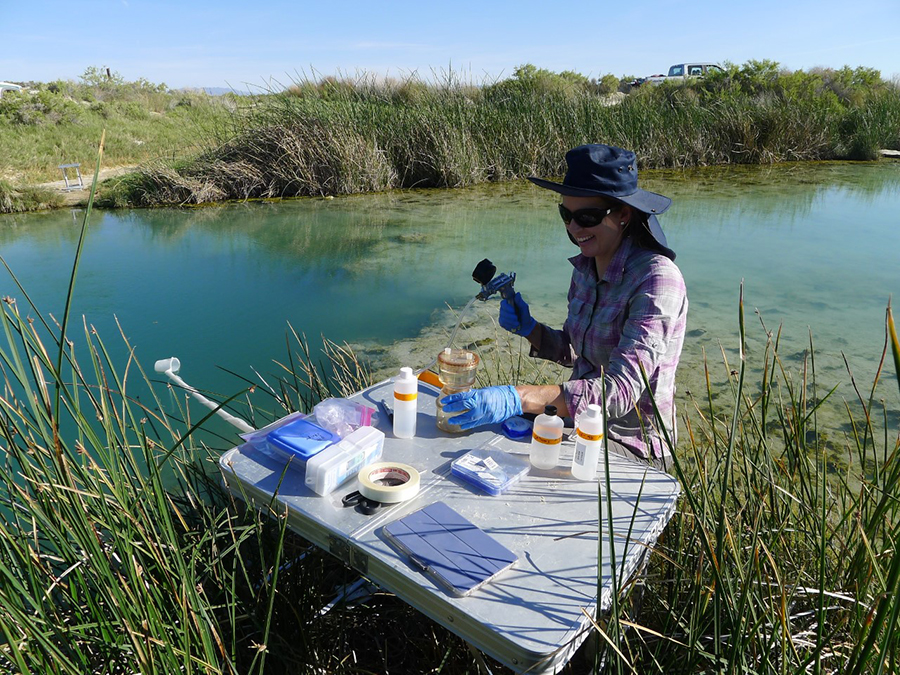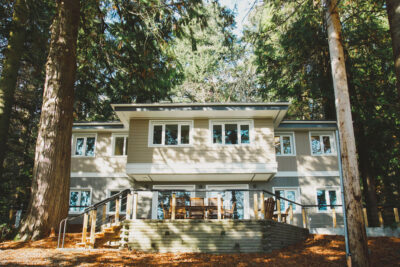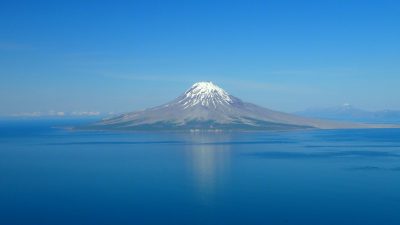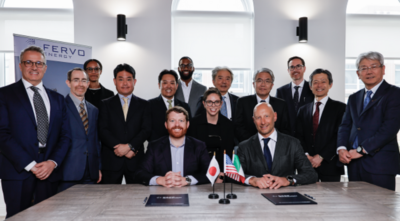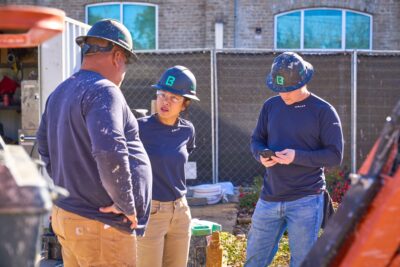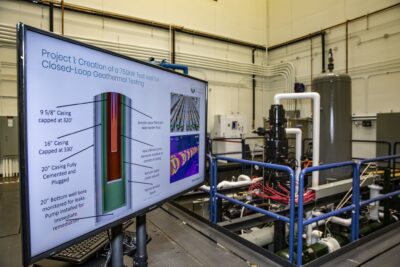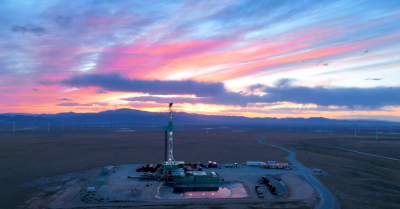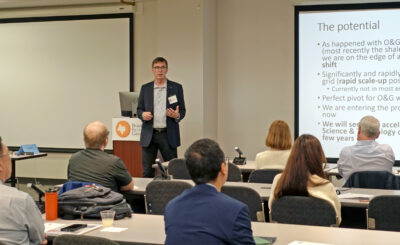UNR/ Great Basin Center for Geothermal to develop extensive geothermal exploration toolkit/ playbook
For its work on developing a playbook for industry, the University of Nevada, Reno Great Basin Center for Geothermal Energy has received funding that will be combining play fairway analysis, machine learning, advanced geostatistics and other techniques into a comprehensive, holistic, integrated exploration toolkit.
Building on decades of successful research to develop exploration tools for the geothermal industry, the Great Basin Center for Geothermal Energy at the Nevada Bureau of Mines and Geology is leading a Department of Energy project that aims to accelerate discoveries of new, commercially viable hidden geothermal systems in the Great Basin region of the Western United States.
The DOE has awarded the University of Nevada, Reno program $10 million to build a playbook for industry that includes combining the techniques of play fairway analysis, machine learning, advanced geostatistics and other analytical techniques into a comprehensive, holistic, integrated exploration toolkit.
“We propose developing a best practices workflow that combines boots on the ground mapping with the most advanced analytical techniques to find optimal sites for geothermal exploration and resource development,” said Bridget Ayling, director of the Great Basin Center for Geothermal Energy and lead scientist on the four-and -a-half-year project, titled “Innovative Geothermal Exploration through Novel Investigations Of Undiscovered Systems.”
Ayling has assembled a “who’s who” of scientists who have worked in geothermal related areas for more than 20 years. It’s a strong team of more than 30 collaborators at 12 partner institutions, including public and private organizations, such as the United States Geological Survey, National Renewable Energy Laboratory, the Utah Geological Survey, Lawrence Berkeley National Laboratories and Idaho Geological Survey. The multi-institutional team comprises a strong and diverse blend of experts, with a long history of successful collaborations focused on discovering, modeling and development of geothermal resources. Many team members have previously collaborated on major and successful geothermal projects.
The project will help drive down costs and risks associated with the discovery of hidden geothermal systems in the western USA. Hidden systems are systems that show no surface characteristics such as hot springs or steam vents. This will help the geothermal industry as they develop more renewable energy resources for the electrical power grid around the west.
The study area is a world-class geothermal province with more than 1,200 megawatts of existing installed capacity from about 28 geothermal systems. Studies indicate far greater potential for conventional hydrothermal systems in the region, but most of these resources are hidden.
“Ultimately, this is to reduce exploration costs, to de-risk the process,” Ayling said. “This is not just a Nevada based project, it includes most of the Great Basin region, and will include studies and drilling in neighboring states. This is a rare opportunity to do extensive work in a larger area, to merge our expertise and learn from four regions.”
Around half of the DOE award, $5 million, will be used to drill geothermal exploration wells that will likely be between 1,000 and 3,000 feet deep.
In July, the DOE announced that five projects will receive up to $28 million to promote the advancement of the next generation of geothermal energy technologies. The University of Nevada, Reno was one of those projects, we reported. Selected by the Office of Energy Efficiency and Renewable Energy’s Geothermal Technologies Office, these projects align with the goals of the 2019 GeoVision study, which outlines a path to unlock the full potential of geothermal power as a clean, reliable and affordable energy source for American homes and businesses.
For the full article by UNR, click on the link below.
Source: University of Nevada in Reno (UNR)
